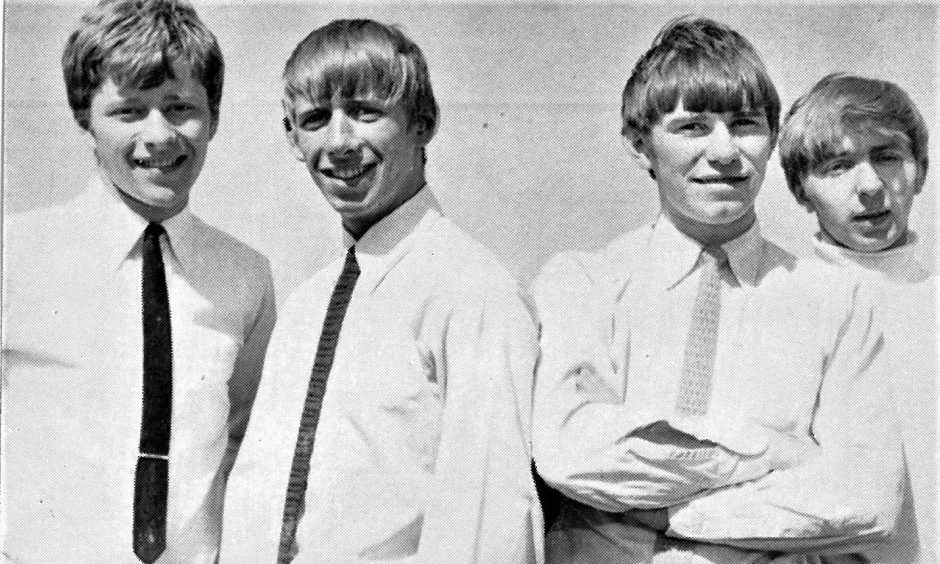
When four Buckie lads started a band, they never imagined they would share the stage with the biggest band in the world during their teenage years.
Johnny and the Copycats came to life in 1962 when guitarist Iain Lyon, drummer Rob Lawson, and bass player Bill Cameron met lead singer John Stewart.
The four quickly formed a bond, and the group spent all their time rehearsing and performing.
Thanks to Elgin promoter Albert Bonici, the band secured regular gigs, including one at the Longmore Hall in Keith, where they were signed up to open for a little-known Liverpool group called The Beatles.
Due to impassable roads caused by a snowstorm, The Beatles’ January 2, 1963, concert in Keith was cancelled, and John Lennon flew back to Liverpool.
Instead, Johnny and the Copycats took the stage, playing the entire New Year’s concert themselves from 9pm to 1am. This would have been The Beatles’ first show in Scotland with Ringo Starr as part of the band.
Devastated by the cancellation, the teenagers were later compensated when Mr Bonici successfully negotiated with Beatles’ manager Brian Epstein to have Johnny and the Copycats perform alongside the Fab Four the following year.
Buckie boys opened for the Beatles on tour
Fifteen months later, the Copycats – who were all around 17-years-old at the time – finally opened for the Fab Four twice in April 1964 in Edinburgh and Glasgow.
The Beatles had become a household name – and fans in Edinburgh camped out all night when tickets went on sale.
News reports said the queue of screaming Beatle-maniacs seemed to stretch for miles.
Elgin man David Dills, music writer and researcher, has spent years compiling deep-delving blogs about Invernessian Mr Bonici as well as Johnny and the Copycats.
He’s created a blog which includes information about the band and their adventures.
Mr Bonici was the man who brought the Beatles to Scotland, and his initial contract gave him rights to promote their next tours in Scotland which led to The Copycats opening for two shows.
Mr Bonici travelled to deliver a drum set to the Copycats on the day of the Edinburgh show and met with Brian Epstein.
Drummer, Rob Lawson, told researcher David Dills: “My impression of Brian Epstein was that he was a proper gentleman, very well mannered and spoken, immaculately dressed.
“Cynthia Lennon was very quiet, and stayed in the background most of the time.
“She and John were just in the process of splitting up, which we didn’t know at the time but found out later.”
Johnny and the Copycats had ‘overwhelming’ introductions to the Beatles
The Buckie group had new outfits for the concerts, which the lead singer John Stewart said were brocade jackets with trousers.
“They looked good for a start but didn’t last long. I can’t remember what the Beatles wore, probably all dark suits,” John Stewart added.
“I remember being introduced to Brian Epstein and The Beatles which was a bit overwhelming considering how the Beatles had grown in popularity and the amount of people lining the streets as we were being bussed in.”
In the afternoon of their first show, The Beatles watched the teenagers from Buckie perform before they exchanged thoughts with them about guitars and music.
Beatles ‘jammed out’ with The Copycats band during sound check
Bill Cameron, guitarist and vocalist of the band, described The Beatles as friendly and that they didn’t act full of themselves even though they were so successful.
Speaking to David Dills, Bill said that George Harrison seemed nervous at their first encounter.
Though he realised why later when hoards of screaming fans, some throwing jelly babies, made it hard for The Beatles to hear themselves playing.
During the second night, in Glasgow, the Fab Four showed up again as the Copycats were doing their sound checks.
This time George Harrison came up with his guitar to jam with them, followed by Paul McCartney on drums, John Lennon exchanging vocals, and Ringo Starr with a tambourine.
Bill kept a signed copy of a flyer from each of the Beatles – though his sister tore off Paul’s signature and sold it as a child.
Fortunately, Paul’s signature was also above Ringo’s photo as he was signing the wrong photograph.
Boys recorded songs with Elton John, and played support for Status Quo and Fleetwood Mac
Later in their career, in 1970, the Copycats band which was now named My Dear Watson were invited to London to record an LP and single.
Another young hopeful, Reg Dwight, was invited to play keyboards and vocals on the group’s single Have You Seen Your Saviour, and flip-side White Line Road.
Reg would later change his name to Elton John and record the hit Your Song.
Although John Stewart continued writing songs for the band when they became My Dear Watson, he left in 1968 to get married.
On visits home to Scotland, the remaining Buckie men played support to groups including the Troggs, Fleetwood Mac, and Status Quo.
Though getting airplay proved difficult, in their early days they landed a German pop hit and number one single with their song “Angela”.
Despite the band not receiving much exposure elsewhere, they had great experiences living in London and touring Germany before they returned home to Buckie.
They decided call it a day on September 2, 1972, playing their last official gig at the former Fulmar Club of RNAS Lossiemouth.
The group would continue to have regularly played charity events around the north east of Scotland, before the four played their last gig at Elgin Museum in 2016.
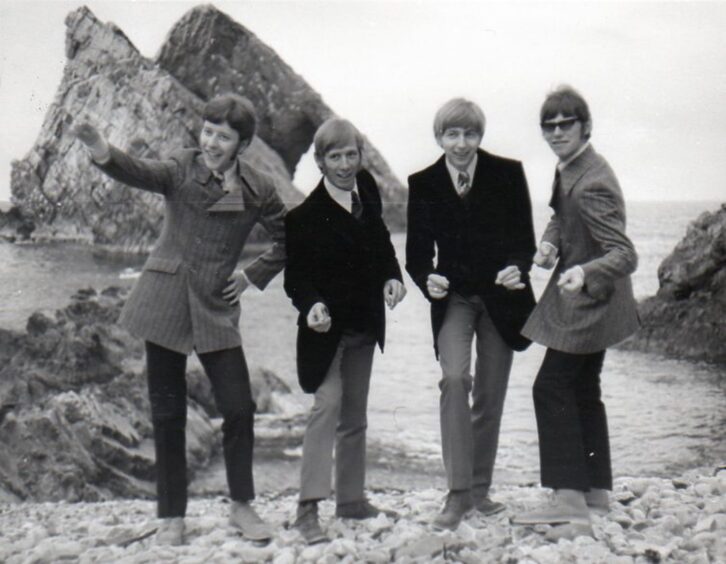
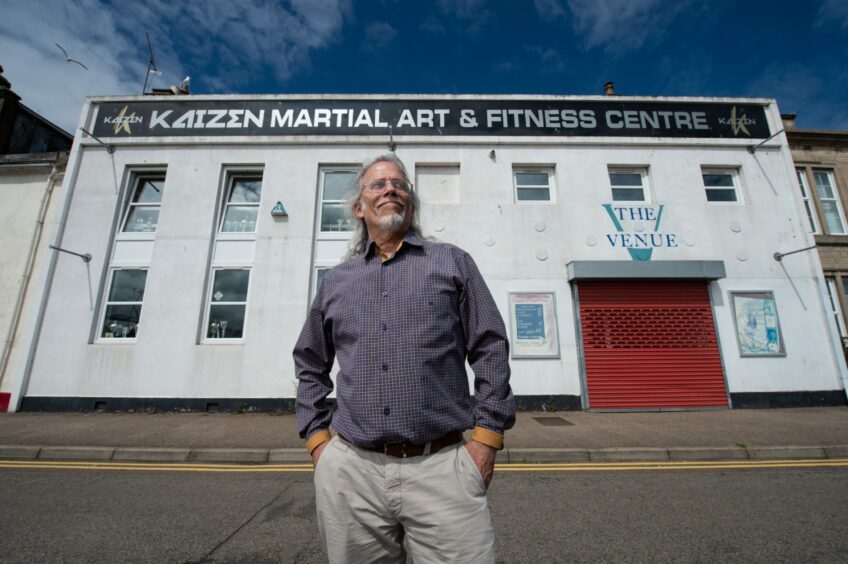
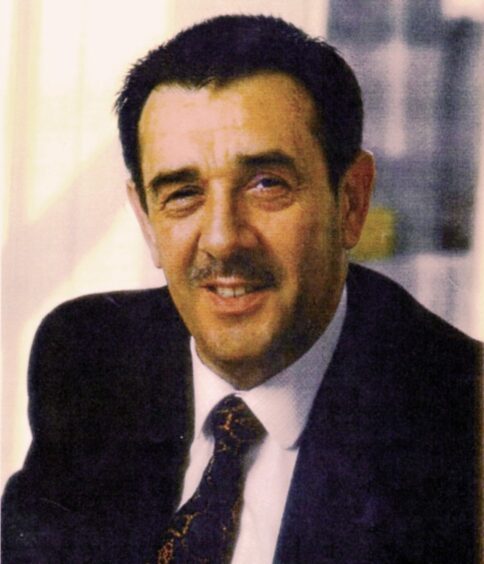
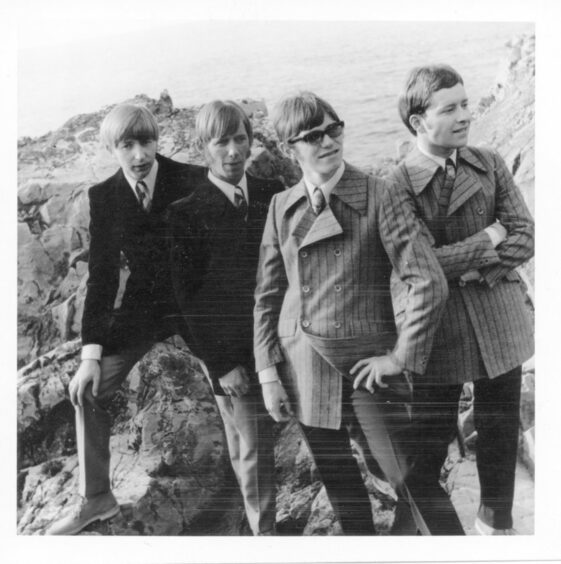
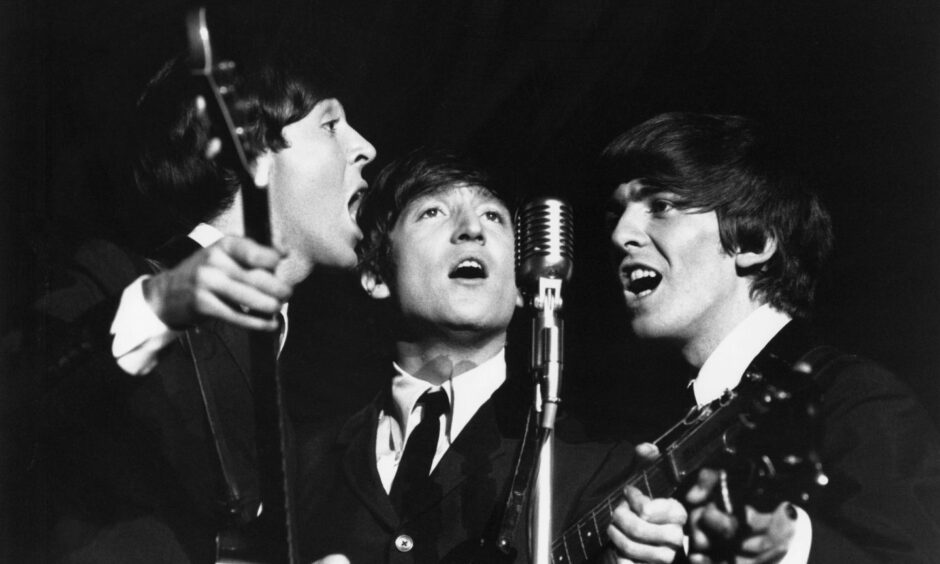
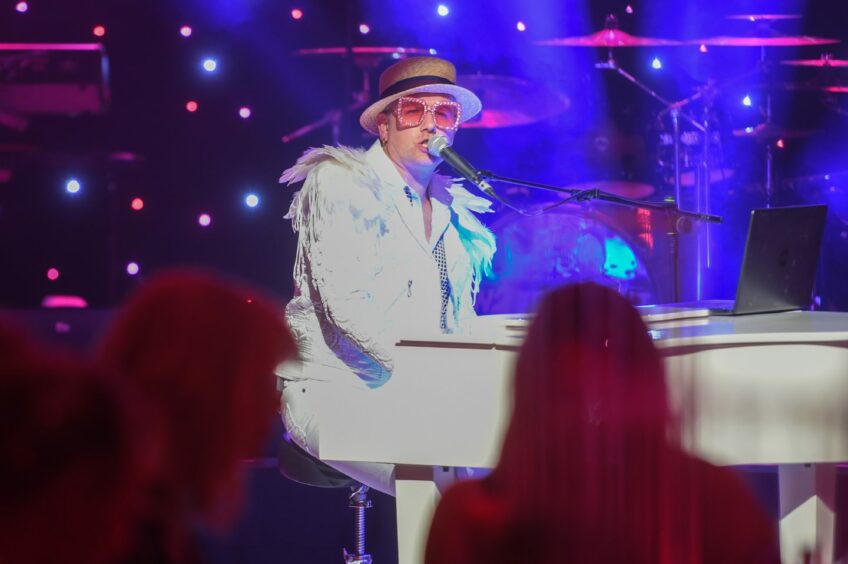
Conversation